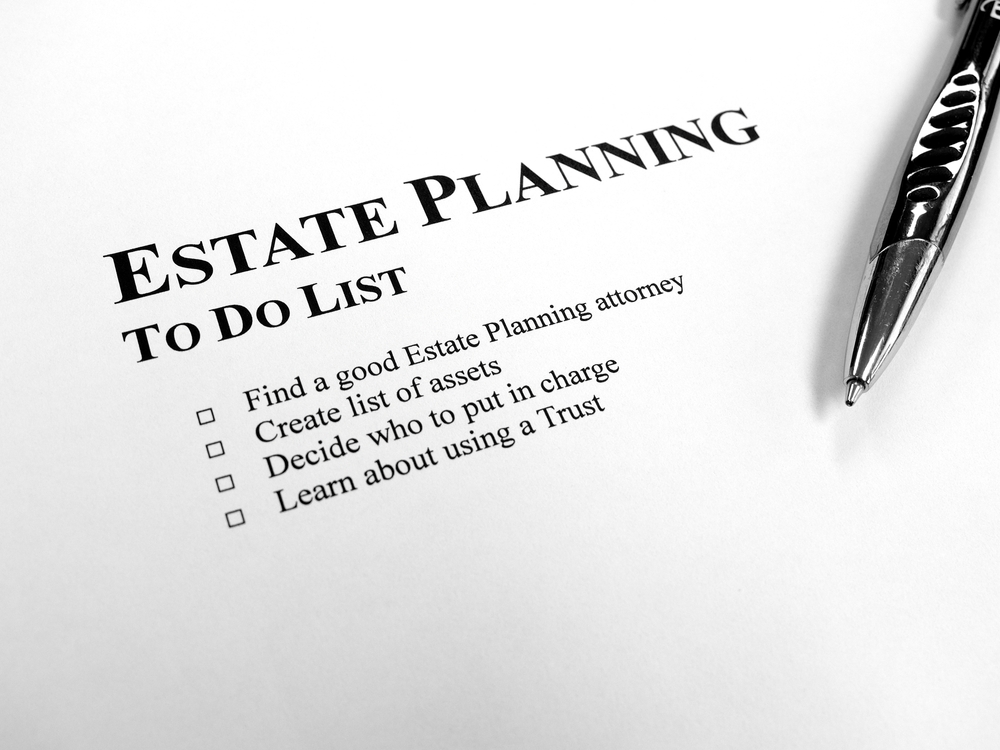By Sarah Winkler, 28 July 2023
You might have heard the quote, “recycling is one of the simplest actions you can take that will have an immediate and positive outcome”. The thing is I’m not sure the person who wrote that quote had looked over their kerbside recycling rules recently. Sure, the basic premise of recycling is simple, but it can feel overwhelming with so many rules to follow; what goes where, and what do all these numbers and symbols mean? Rules can also vary from one location to the next, so you can’t even use the “ask a friend” card.
What if there was a way to make sense of the rules in your local area? Making it easier for you to recycle the right way can create a positive outcome for the planet AND for you. Recycling for Dummies offers an easy-to-understand perspective on the world of recycling, and how it can help you each and every day in preserving the planet in a practical fashion. Between smart strategies to understand rules and conventions, and insight into the challenges the recycling industry faces, you’ll be well on your way to becoming a sustainability superhero!
Interested? Here are my top 5 tips to get you started:
- Find your local recycling info. One of the most important things you can do to improve your recycling habits is to get familiar with your local recycling rules. You can find your local council website and recycling information here.
- Understand why there are different rules. It can be frustrating when recycling rules vary from place to place or change over time, but there are some good reasons why this happens. Conflicting rules often stem from the inherent differences between sorting and processing facilities in each council, requiring councils to adapt their rules to match available services. Rules can also depend on whether a local market exists for recycled materials. Certain items may not be accepted because there’s no way to sell the end product.
- Keep contamination out. Rather than trying to remember the long list of what isn’t allowed in your kerbside recycling bin, try starting with what you can put in. Most kerbside recycling services are only designed to take packaging material made from glass, hard plastics, metal, and paper. Starting with that small list can help you get started. Once you’re comfortable, you can begin taking a look at what specific items your local council accepts and expand your recycling horizons.
- A plastic number code doesn’t mean an item is recyclable. A number within a triangle of chasing arrows is a common sight on many plastic bottles and containers in Australia, often colloquially associated with recycling. Contrary to this, it does not mean the item is recyclable in your kerbside recycling bin, but rather are a set of codes to help determine what type of plastic an item is made from. But don’t despair! Luckily, we can still use these numbers to help work out if the item is recyclable. As always, what plastics can be accepted depends on your local council’s rules, but generally numbers 1, 2 and 5 are acceptable for recycling. If you’re ever unsure, it is always best to check with your local council first. In some councils, all numbers are accepted as long as the items are hard plastic bottles or containers.
- Remember, if you can’t figure it out, it’s OK to leave it out. It’s OK to put an item in the general garbage if you still can’t figure out if it’s fine to recycle. It’s better to avoid contaminating the other recyclables in your recycling container.
I hope you found these tips helpful. If you want to learn more, there’s further information (and goodies) at my website https://everydayrecycler.com/ and have a look at my book, Recycling for Dummies, available at all good bookstores including Booktopia, QBD Books, Amazon.





